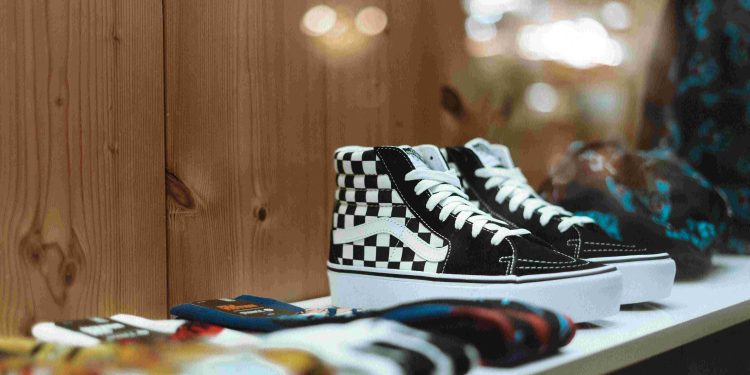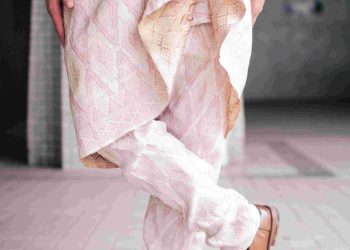The Looming Crisis: A Personal Encounter
Several years ago, I walked into a trendy clothing store, drawn by the glittering displays and the irresistible lure of a sale. The tags boasted affordable prices for garments that looked eerily similar to ones I’d seen showcased on high-fashion runways. While purchasing five items for the price of one high-end piece felt like a financial win, it left me with a subtle but nagging question:
How could this be so cheap?
Over time, as my wardrobe grew heavier, so did my conscience, as I began to understand the hidden consequences of these seemingly innocent purchases.
Beyond the Price Tag: The True Cost of Fast Fashion
Fast fashion thrives on placing affordability and accessibility front and center, but this economic model comes at a devastating environmental cost. According to the United Nations Environment Programme (UNEP), the fashion industry is responsible for nearly 10% of global carbon emissions—more than all international flights and maritime shipping combined.
What makes the process particularly damaging is its sheer pace. Fashion cycles that were once seasonal are now condensed into weeks, fueling an insatiable demand for new items. The result? Exploitative manufacturing processes, rampant water pollution, and mountains of textile waste that clog our landfills for decades.
Challenging Conventional Wisdom: Is Fast Really Best?
The conventional wisdom of ‘more is better’ underpins the fast fashion industry. But in reality, this mindset overcomplicates the relationship between utility, aesthetics, and sustainability. Psychologists like Barry Schwartz, author of ‘The Paradox of Choice,’ argue that the overwhelming abundance enabled by fast fashion can actually reduce human happiness, leading to ‘decision fatigue’ and diminished satisfaction with purchases.
Could minimizing our wardrobe be liberating, rather than limiting? Philosophies like ‘capsule wardrobes’—which emphasize versatile, quality pieces—offer a promising alternative to the chaotic churn of fast fashion trends.
The Roots of the Problem: A Multi-Disciplinary Insight
To truly address the environmental impact of fast fashion, one must dig deeper into its roots. Economists point to the rise of neoliberal capitalism, which prioritizes profit over preservation. Technological advances in manufacturing now allow clothing production at speeds and scales unimaginable a century ago.
Meanwhile, advertisements amplify our socio-psychological yearning for acceptance and status, exploiting our innate desires to ‘belong’ by associating self-worth with outward appearance. Historian Thorstein Veblen’s term ‘conspicuous consumption’ serves as a sharp lens through which to view this phenomenon, linking fashion to larger societal cycles of consumerism.
Vision for the Future: Technology Meets Sustainability
The road ahead doesn’t need to be bleak. Advances in technology are shedding light on alternatives to traditional practices. Materials science, for instance, now allows for innovations such as biodegradable fabrics and lab-grown textiles. Brands incorporating 3D knitting technology can produce items with virtually zero waste.
On the economic side, startups like ThredUp and Poshmark are breathing life into the ‘circular economy’ by enabling a thriving second-hand marketplace. As consumers pivot toward conscious decision-making, we might see mainstream labels prioritize quality over quantity to retain relevance.
Steps You Can Take Today: A Call to Action
If you’re feeling overwhelmed by the scale of the issue, remember: every small effort contributes to bigger change. Start by taking stock of your current consumption habits. Ask yourself:
- Do I need this?
- Can I buy this second-hand or repair an existing item instead?
- Will I wear this often enough to justify the purchase?
Support brands that practice ethical manufacturing and sustainability. Advocate for governmental policies that require transparency in the supply chain. Perhaps most importantly, commit to continuous learning. A well-informed consumer can have a ripple effect, influencing both production models and societal norms.
Conclusion: Full Circle Reflection
As I look back on that fateful shopping trip years ago, the glittering allure of fast fashion has faded. In its place, I see an opportunity—a chance for all of us to rethink what it means to dress well, live responsibly, and embrace a future where fashion doesn’t come at the expense of the planet. The choices we make today will not only define our individual values but will set the course for generations to come.











